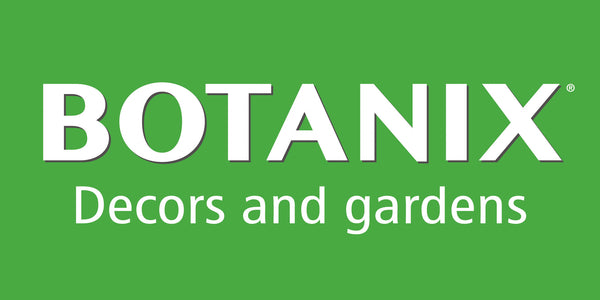
Bringing a touch of nature indoors with plants is a great idea! Not only do they beautify your living space, but they also help purify the air. However, for your plants to thrive, it's crucial to choose them wisely and provide proper care. This comprehensive guide, written by horticulture experts, will provide you with all the keys to success with your indoor garden, whether you're a beginner or a seasoned gardener.
Choosing the Ideal Plant: Essential Factors
Before you fall in love with a plant, ask yourself the right questions:
- Growing Conditions: Before even choosing a plant, assess the conditions you can offer it: light levels, temperature, and air humidity.
- Plant Health: Carefully inspect the plant to detect any signs of disease, pests, or damage.
- Plant Size/Format: Choose a size that suits your space and your patience. Younger plants generally adapt better to new environments, but more mature plants offer an immediate decorative effect.
Plant Sizes/Formats: What Choice to Make?
A plant's size/format refers to its dimensions and stage of growth. Here are the main options:
- Young Plants (or Seedlings/Starter Plants): Smaller and less expensive, they generally adapt better to a new environment.
- Standard Potted Plants: A good compromise between price and decorative effect.
- Mature Plants/Large Specimens: Offer an immediate impact, but are more expensive and can have more difficulty adapting.
- Hanging Plants/Baskets: Ideal for optimizing space and creating an original decorative effect.

Lighting: The Key to Photosynthesis
Light is vital for plants. Insufficient lighting is a common cause of problems.
- Natural vs. Artificial Light: Choose natural light whenever possible. Artificial light from regular household light bulbs is generally insufficient.
- Light Requirements: Plants with variegated foliage usually need more light than those with solid green leaves. Plants with dark foliage (e.g., peace lily, snake plant/mother-in-law's tongue, dracaena, philodendron) tolerate low-light conditions.
Window Orientation:
- South and East-facing windows: Offer maximum light, ideal for most plants. However, be careful of intense direct sunlight, which can burn the leaves. Sheer curtains/blinds may be necessary to filter the light.
- West-facing windows: Suitable for plants that require a few hours of sunlight per day.
- North-facing windows: Offer lower light levels, suitable for some shade-tolerant plants, especially in summer. In winter, the light may be insufficient.

Watering and Humidity: The Perfect Balance
Watering Frequency: Adapt the frequency to each plant's needs. Generally, water more in summer than in winter.
Watering Methods/Techniques:
- Water Sparingly/Infrequently: Water when the soil is dry down to two-thirds of the pot's depth.
- Water Moderately: Water when the top inch or two (2-5 cm) of soil is dry.
- Water Thoroughly/Generously: Water when the surface of the soil begins to dry.
Ambient Humidity: A humidity level between 40 and 60% is optimal. You can increase humidity by placing pots on a tray filled with damp pebbles/gravel, using a humidifier, or grouping plants together.

Protecting Your Plants: Pests and Diseases
Insects and diseases can affect indoor plants.
- Prevention: Regularly inspect your plants, especially the undersides of the leaves, for any signs of infestation. Quarantining new plants for two to three weeks helps prevent the spread of pests to other plants.
- Treatment:
- Natural Methods: Using a cotton swab dipped in rubbing alcohol (isopropyl alcohol) is effective against mealybugs. Pruning heavily infested shoots is a good way to quickly reduce aphid populations. Cut and discard the affected parts.
- Insecticides: As a last resort, use an eco-friendly insecticide, such as insecticidal soap.
Choosing a Plant Based on Your Experience Level
The market offers a wide variety of indoor plants, suitable for all experience levels.
- Beginner: Easy-care plants, tolerant of watering mistakes and variations in light. (Examples: Snake plant/mother-in-law's tongue, ZZ plant, pothos/devil's ivy)
- Intermediate: Plants requiring a little more attention, especially in terms of watering and light. (Examples: Calathea, Boston fern, maranta/prayer plant)
- Advanced: Demanding plants, requiring specific growing conditions and careful monitoring. (Examples: Orchids, bonsai trees, carnivorous plants)




